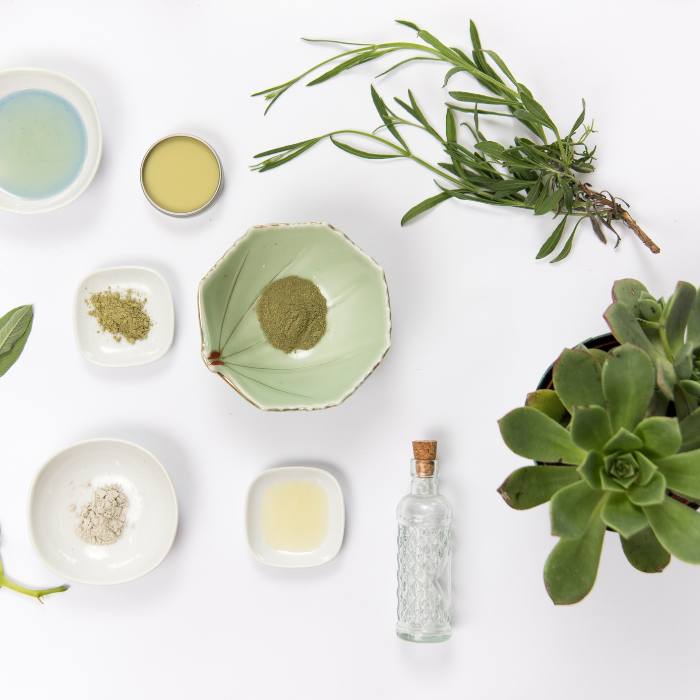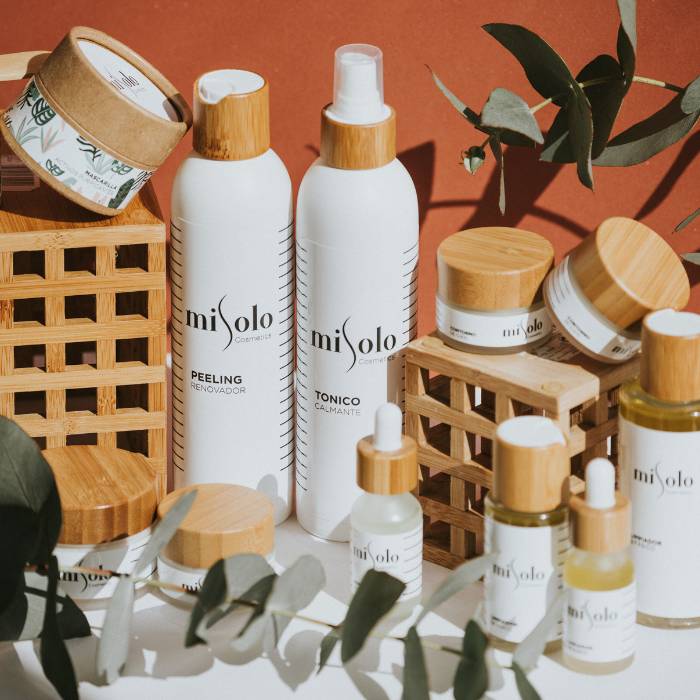This is Part 1 of our two-part series exploring the fascinating world of Korean beauty. Don’t miss Part 2: “Inside the K-Beauty Toolkit: Products, Rituals & Cultural Connections” coming next week!
When I first encountered a 10-step Korean skincare routine tutorial five years ago, I was both intrigued and overwhelmed. Double cleansing? Essences? Ampoules? The terminology alone was foreign to me, not to mention the sheer number of bottles involved. Fast forward to today, and these once-exotic concepts have become mainstream vocabulary in beauty communities worldwide. But how exactly did skincare routines from a relatively small Asian country become a global phenomenon that reshaped the entire beauty industry?

From Seoul to Your Vanity: The Global Rise of K-Beauty
The Korean beauty industry—affectionately known as “K-Beauty”—has experienced explosive international growth over the past decade. What began as a niche interest among beauty enthusiasts has evolved into a multi-billion-dollar global industry, with Korean beauty exports reaching unprecedented heights every year.
Major retailers like Sephora, Ulta, and even drug stores now dedicate entire sections to Korean beauty brands. What was once only available through specialized online retailers or during trips to Seoul can now be found virtually everywhere. But this accessibility didn’t happen overnight—it’s the result of a perfect storm of innovation, cultural influence, and changing consumer priorities.
The Korean Beauty Philosophy: Why “Skin First” Changed Everything
At the heart of K-Beauty’s appeal lies a fundamental philosophical difference from Western beauty traditions. While Western approaches historically emphasized covering imperfections with makeup, Korean beauty culture prioritizes achieving healthy skin that needs minimal coverage.
This “skin-first” philosophy isn’t just marketing—it reflects deeply held cultural values. In Korea, radiant skin has long been considered a sign of health, youth, and overall wellbeing. The Korean expression “honey skin” (꿀피부) describes the ideal: skin so healthy it appears smooth and luminous like honey.
“Koreans are taught from an early age that caring for your skin is a form of self-respect, not vanity,” explains Charlotte Cho, co-founder of Soko Glam and a pioneering K-Beauty educator in the West. “It’s seen as a fundamental part of health maintenance, similar to brushing your teeth or exercising.”
This prevention-focused approach has resonated strongly with global consumers who have grown disillusioned with quick-fix solutions and heavy makeup routines. The K-Beauty emphasis on long-term skin health rather than temporary coverage has transformed how people worldwide think about their skincare.
The Perfect Balance: Innovation Meets Accessibility
What truly sets K-Beauty apart is its remarkable ability to balance cutting-edge innovation with approachable pricing. The competitive domestic market in Korea has created a perfect laboratory for skincare advancement, with companies constantly pushing boundaries to stand out.
This has led to numerous world-first innovations that eventually reached global markets:
- Cushion compacts that revolutionized foundation application
- Sheet masks that transformed how we deliver intensive treatments
- Sleeping packs that pioneered overnight intensive care
- Essences that introduced an entirely new product category
Despite this forward-thinking approach, most Korean brands maintain mid-range pricing that makes their products accessible to everyday consumers. This value proposition—cutting-edge formulations without luxury price tags—has proven irresistible to beauty enthusiasts worldwide.

The Science Behind the Glow: Research-Driven Formulations
Don’t let the cute packaging fool you—behind K-Beauty’s playful exterior lies serious science. South Korea boasts some of the world’s most advanced cosmetic research facilities, with major companies investing heavily in dermatological studies and ingredient development.
Korean consumers are among the most educated and demanding skincare shoppers globally, expecting brands to back up their claims with evidence. This consumer pressure drives companies to continually improve their formulations and seek truly effective ingredients rather than relying on marketing hype alone.
This scientific approach has given us breakthrough ingredients that have become skincare staples worldwide:
- Centella Asiatica (CICA) for sensitive, troubled skin
- Snail mucin for hydration and healing
- Fermented ingredients for enhanced absorption
- Propolis and honey derivatives for their antibacterial properties
What makes K-Beauty’s scientific approach distinctive is how it seamlessly blends traditional herbal knowledge with modern technology. Many popular formulations incorporate traditional Korean medicinal ingredients (한방) like ginseng, green tea, and licorice root—ingredients with centuries of use behind them, now validated by contemporary research.
How Korean Pop Culture Fueled Beauty Trends
K-Beauty’s global expansion cannot be separated from the broader phenomenon of “Hallyu” or the Korean Wave—the international spread of Korean entertainment and pop culture. As K-pop groups like BTS and BLACKPINK gained worldwide followings and Korean dramas became international streaming hits, viewers became fascinated with the flawless complexions of Korean celebrities.
“When people see their favorite K-drama actors or K-pop idols with perfect, glowing skin, they naturally want to know their secrets,” says David Yi, founder of Very Good Light and author of “Pretty Boys.” “This curiosity opened the door for K-Beauty to enter new markets where Korean cultural products had already created interest.”
Social media amplified this effect, with beauty influencers eagerly showcasing their K-Beauty discoveries and Korean skincare routines. YouTube tutorials explaining the infamous 10-step routine garnered millions of views, introducing countless people to concepts like double cleansing and essence application.
K-Beauty’s Gender-Inclusive Approach
Another revolutionary aspect of K-Beauty is its refreshingly gender-inclusive approach. In Korea, skincare isn’t considered exclusively feminine territory—men’s grooming is thoroughly normalized and even expected. Major K-Beauty brands offer dedicated men’s lines, while many products are marketed as gender-neutral.
This progressive stance has helped challenge Western notions about masculinity and self-care, encouraging people of all genders to invest in their skin health without stigma. The popularity of male K-pop idols and actors who openly embrace skincare has further normalized the idea that taking care of your appearance isn’t gender-specific.
Curious about the specific products, routines, and cultural practices that make K-Beauty so effective? Continue exploring in Part 2 of our series: “Inside the K-Beauty Toolkit: Products, Rituals & Cultural Connections” – coming next week!